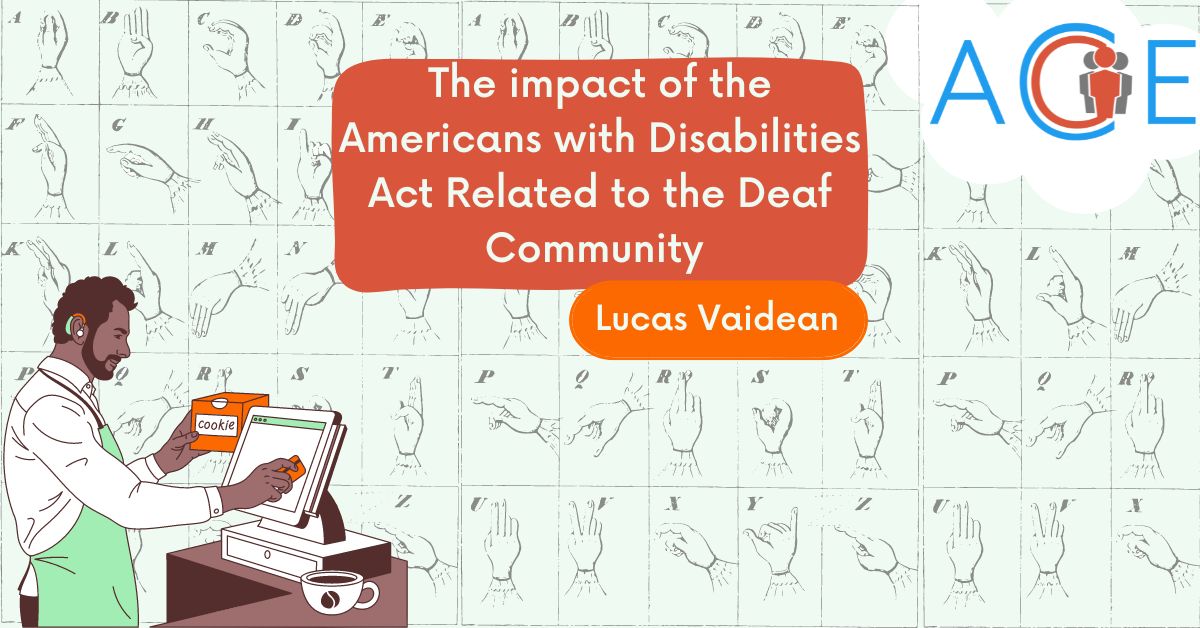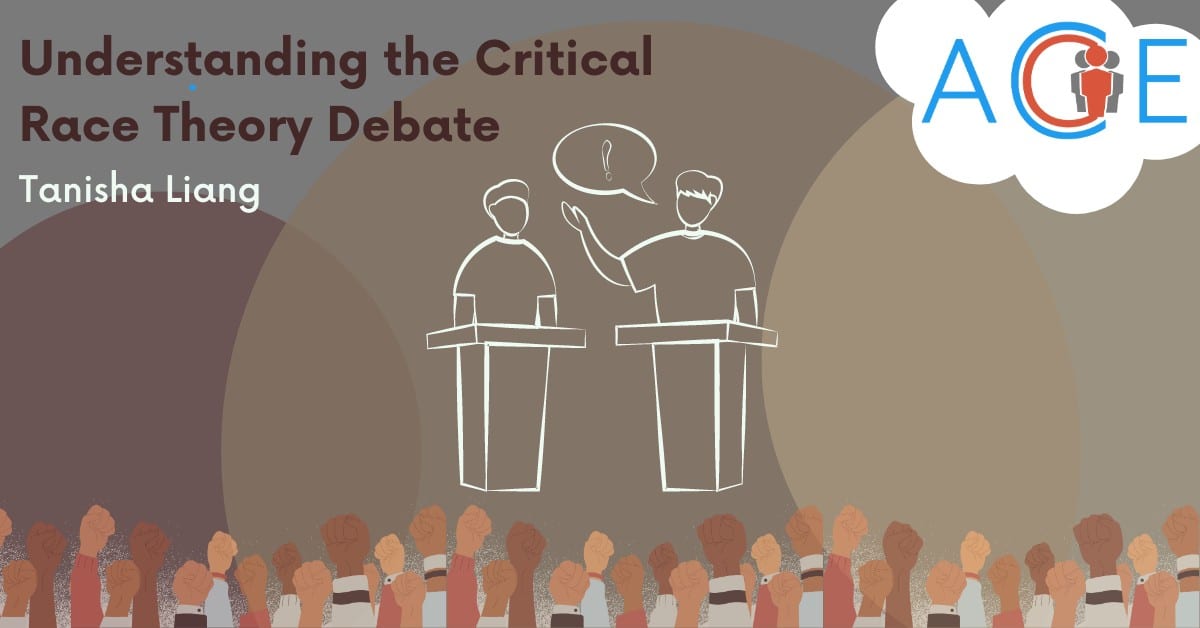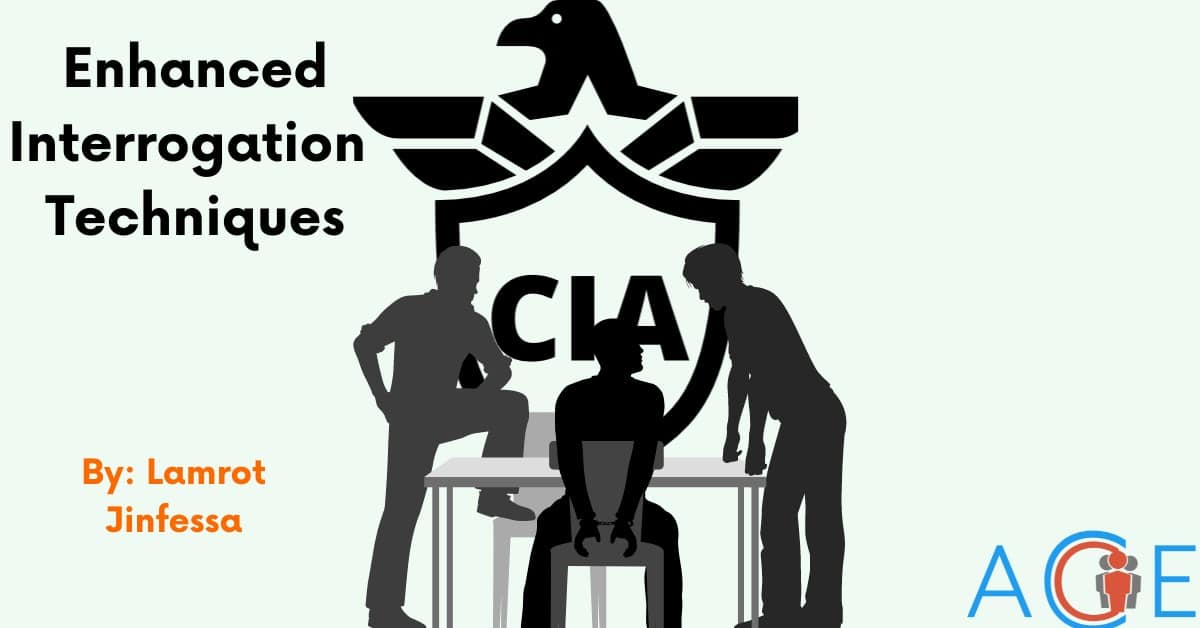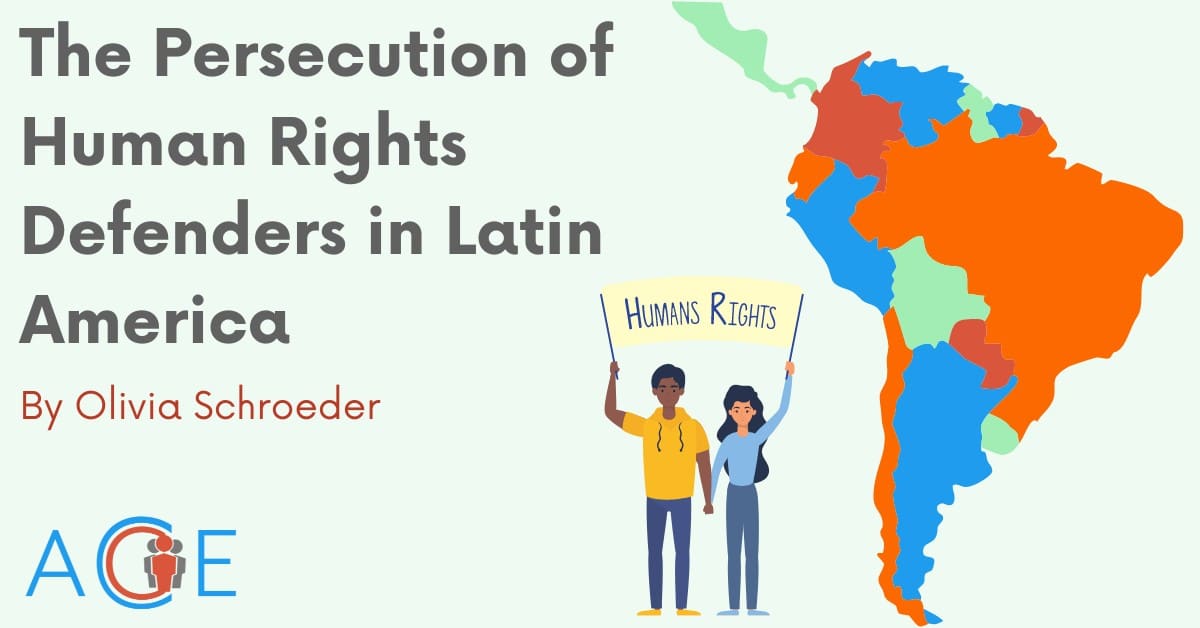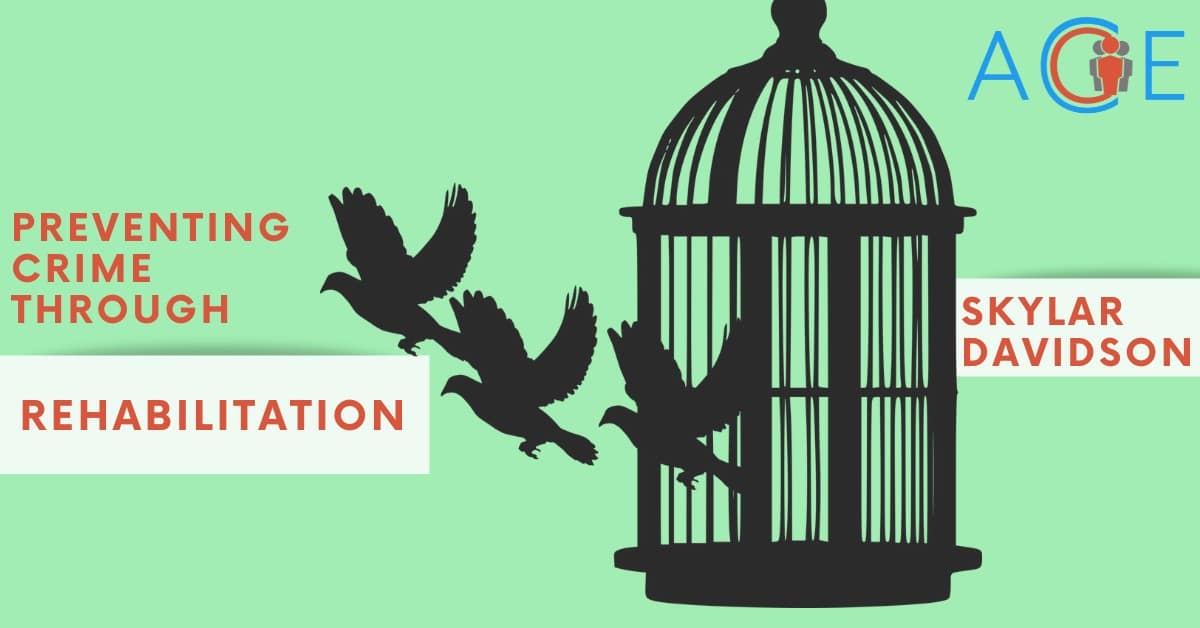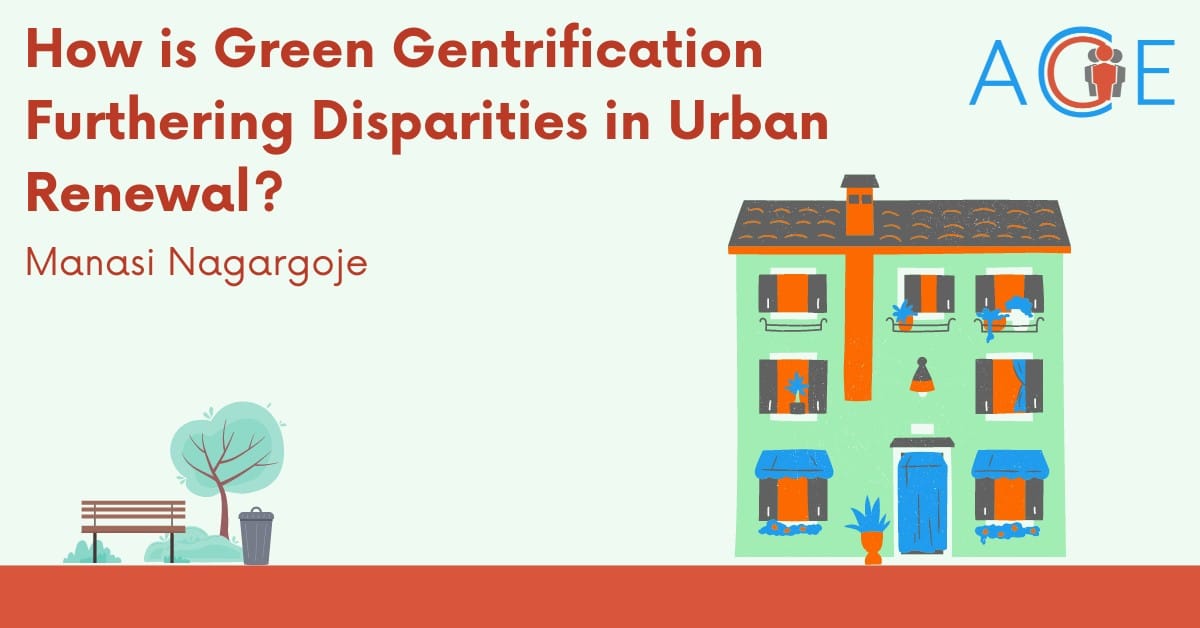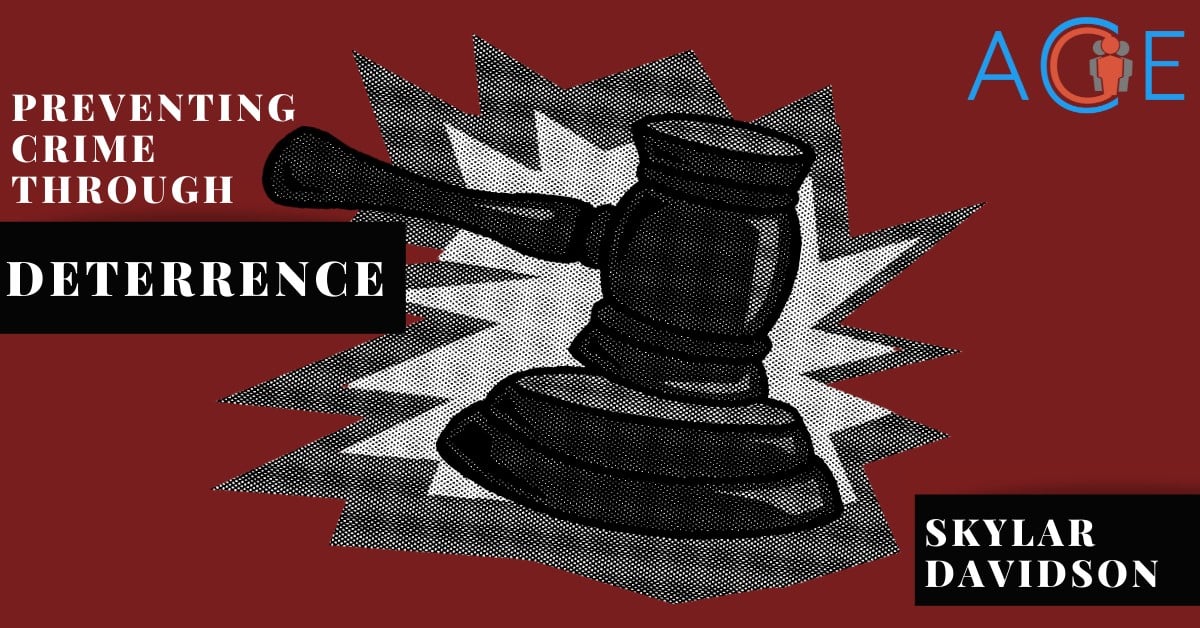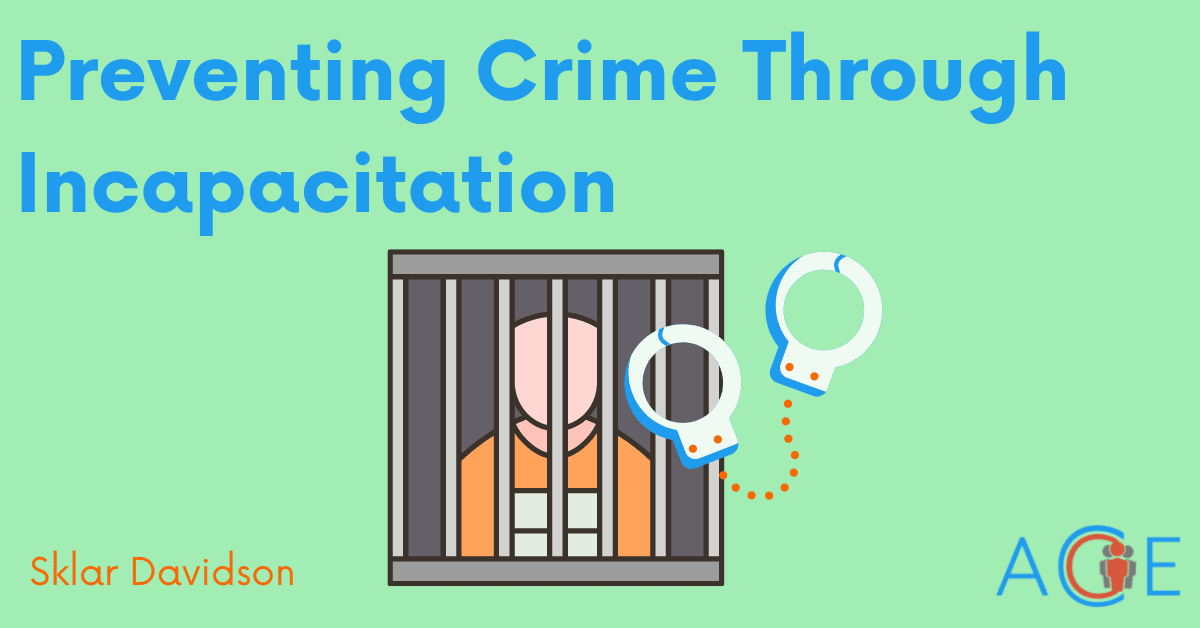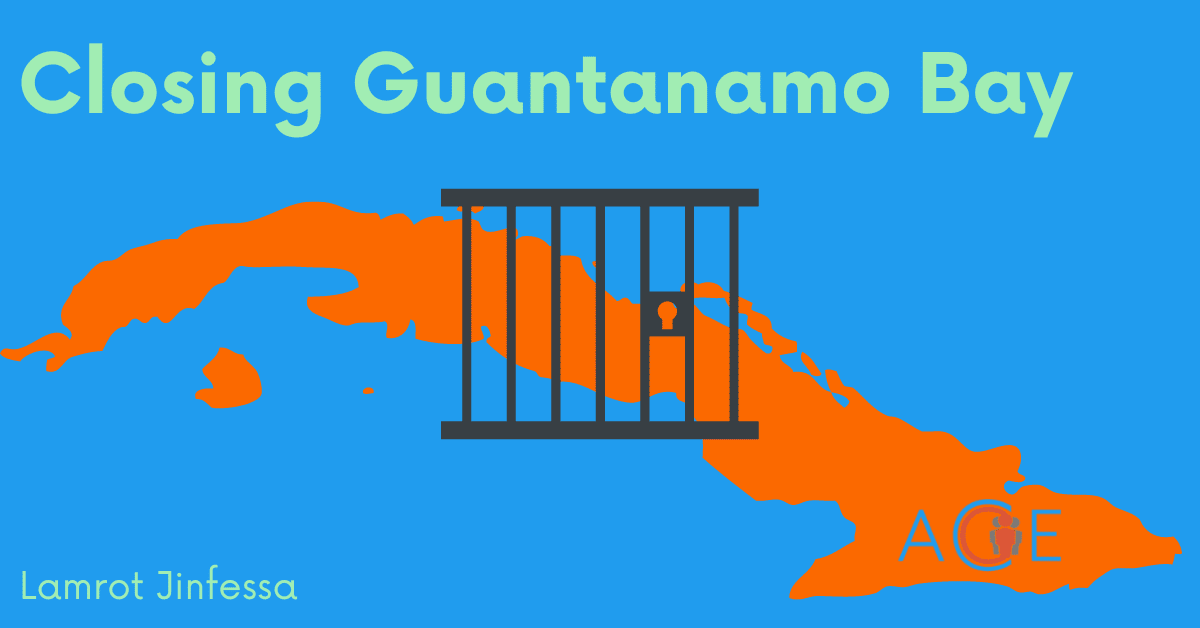What is the Americans with Disabilities Act?
The ADA, passed in 1990 under President George H.W. Bush, ensures equal opportunities and access for people with disabilities. It defines disability as an impairment that significantly limits a “major life activity,” such as breathing, walking, talking, hearing, seeing, sleeping, self-care, manual tasks, and working. Individuals qualify for ADA protection if they have been subjected to a prohibited action due to an actual or perceived impairment, whether or not it limits a major life activity. This definition includes those who are deaf or hard of hearing.
Historical Context
The deaf community played a crucial role in the ADA’s passage and advocating for additional protections for people with disabilities. Dr. Frank Bowe, a deaf activist, lobbied for the 1973 Rehabilitation Act, a precursor to the ADA, which prohibited disability-based discrimination by entities receiving federal funds. Title II of the ADA addressed issues with state and local governments. The ‘Deaf President Now’ movement in 1988 at Gallaudet University, the only deaf liberal arts college, raised awareness about discrimination, influencing the ADA’s passage with strong support (76 to 8 votes).
Fifteen years later, on March 6, 1988, deaf protesters gathered at Gallaudet University, the world’s only deaf liberal arts college, to oppose the appointment of a hearing president. This ‘Deaf President Now’ movement significantly influenced the ADA’s passage by drawing attention to the discrimination faced by people with disabilities. The ADA was later passed with overwhelming support, securing a vote of 76 to 8.
Accommodations and Protections
The ADA aims to safeguard Americans with disabilities across different aspects of daily life. Comprising various titles, including employment, state and local government, places of public accommodation, telecommunications relay services, and miscellaneous provisions, the act addresses diverse areas and entities.
Accommodations, a key benefit of the ADA, provide crucial support for individuals with disabilities. In educational settings, accommodations for deaf students may include interpreters, note-takers, and tutors. Beyond education, the U.S. Equal Employment Opportunity Commission (EEOC), responsible for enforcing anti-discrimination laws, connects with the ADA’s Title on employment discrimination. The EEOC defines accommodations as any change in the work environment or customary practices that ensures equal employment opportunities for individuals with disabilities.
Title I of the ADA emphasizes the need for employers to offer reasonable accommodations to qualified individuals with disabilities, unless it imposes undue hardship. Undue hardship is defined as a situation where accommodation, like providing a sign language interpreter for a small business, would be excessively costly or resource-intensive. Larger businesses, with greater financial capacity and resources, are better equipped to cover such accommodations without facing undue hardship.
Pros and Arguments in Support of the ADA
- Assisted communication tools with law enforcement
Communication with law enforcement is crucial for deaf individuals to be credible witnesses and defend themselves against accusations. The ADA addresses this by requiring law enforcement agencies to provide necessary communication aids and services for effective communication with people who are deaf or hard of hearing. However, this obligation does not apply if a specific aid or service would impose undue burden or fundamentally alter the nature of law enforcement services provided. Examples of effective communication tools include sign language interpreters and written communication.
- No employment discrimination allowed in people with disabilities
A key protection offered by the ADA is the prohibition of employment discrimination, ensuring equal opportunities for people with disabilities. This prevents businesses from making decisions solely based on profit motives or stereotypical assumptions when dealing with individuals with disabilities.. The ADA doesn’t allow businesses to discriminate against individuals who require accommodations. In 2017, 53% of deaf people were employed, indicating a significant increase in job opportunities for this group.
- Improvement in telecommunications
Before the ADA, technology and captioned content accessibility were limited. However, the ADA now mandates closed captioning for all federally funded public service announcements, ensuring that deaf individuals have access to information from television news and PSAs. This broader access enhances their knowledge in politics and policy, facilitating more effective participation in voting. Between 1984-1990, there was a significant increase in captioned programs, including prime time series, movies, and nightly newscasts. The Telecommunications Act of 1996 further contributed by requiring digital television receivers to include caption-decoding technology, making captioned content a standard feature on all digital televisions.
- Better education
Since the Americans with Disabilities Act (ADA), the enrollment of deaf students in two or four-year colleges and universities has consistently increased. For instance, the Rochester Institute of Technology/National Technical Institute for the Deaf (RIT/NTID), a leading college for deaf students, reported a record enrollment of 1,450 students in 2008, surpassing the 1984 figure of 1,358 students, which was before the ADA. The ADA’s implementation of 504 and IEP education plans, with accommodations such as interpreters, notetakers, extra time, and readers, has played a crucial role in supporting the success of deaf students.
Cons and Arguments Against the ADA
- HEALS Act
The HEALS Act, a follow-up to the CARES Act, emerged with stimulus packages and provisions protecting against liabilities like those in the ADA. This legislation shields employers and property owners from liability unless they claim to have made all reasonable accommodations for persons with disabilities. Introduced during the COVID-19 crisis to alleviate financial burdens on businesses, it aimed to let them prioritize public safety without undue concern for disability accommodations. This move was particularly relevant as the U.S. experienced a significant economic contraction during the pandemic, with the GDP falling by 8.9 percent in Q2 2020, the largest single-quarter contraction in over 70 years. However, critics argued that the HEALS Act set a concerning precedent, suggesting that disability protections could be deprioritized during crises. Many felt it was unfair to waive these protections, as people with disabilities faced similar COVID-19 risks and economic hardships as the general population.
- Definitions of disability can be loose, vague, or unclear, leading to misrepresentation
The ADA, designed to protect people with disabilities, faces criticism for having what some argue are too loose conditions for determining disability. This can result in individuals who may not be significantly disabled receiving similar benefits as those with more severe disabilities. A lawsuit involving breast cancer highlights this ambiguity, where a court dismissed a case because breast cancer, even with extensive chemotherapy and debilitating side effects, was not considered a disability. The challenge lies in defining where the line is drawn; while illnesses like breast cancer impact major life activities, they may not be seen as traditional disabilities. This case and similar ones may contribute to narrowing the definition of disability, making it harder for entitled individuals to receive accommodations.
- Individual expenses and costly accommodations
While the ADA aims to address employment issues for people with disabilities, some argue it falls short, particularly in considering the extra costs associated with living with a disability. Data reveals that households with an adult with a disability requiring accommodation face an average of 28% higher expenses (an additional $17,690 per year) to maintain the same standard of living as households without a disabled member. For deaf and hard of hearing individuals, these costs could include out-of-pocket expenses like hearing aids or cochlear implants, improving their workplace interactions but adding financial strain. Businesses, especially small ones, may find ADA compliance costly, with an estimated average expense of $930 per worker accommodation. Between 1992 and 1997, over 90,000 discrimination complaints were filed, with 29% related to failure to provide adequate accommodations, suggesting that cost challenges hindered compliance. Additionally, employment rates for disabled individuals, particularly men and women under 40, declined after the ADA’s implementation, marking a departure from past trends.
